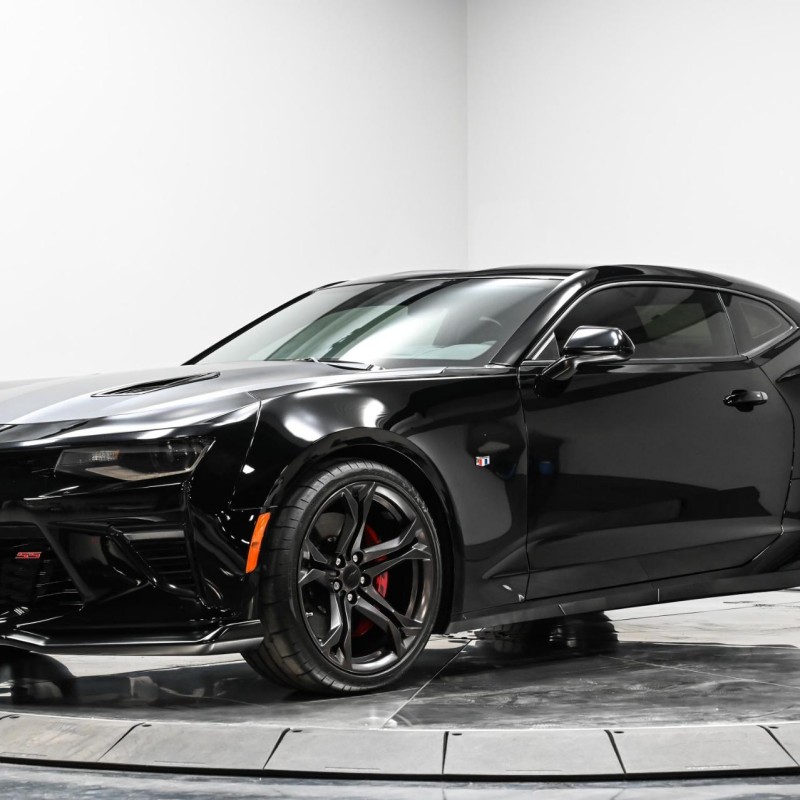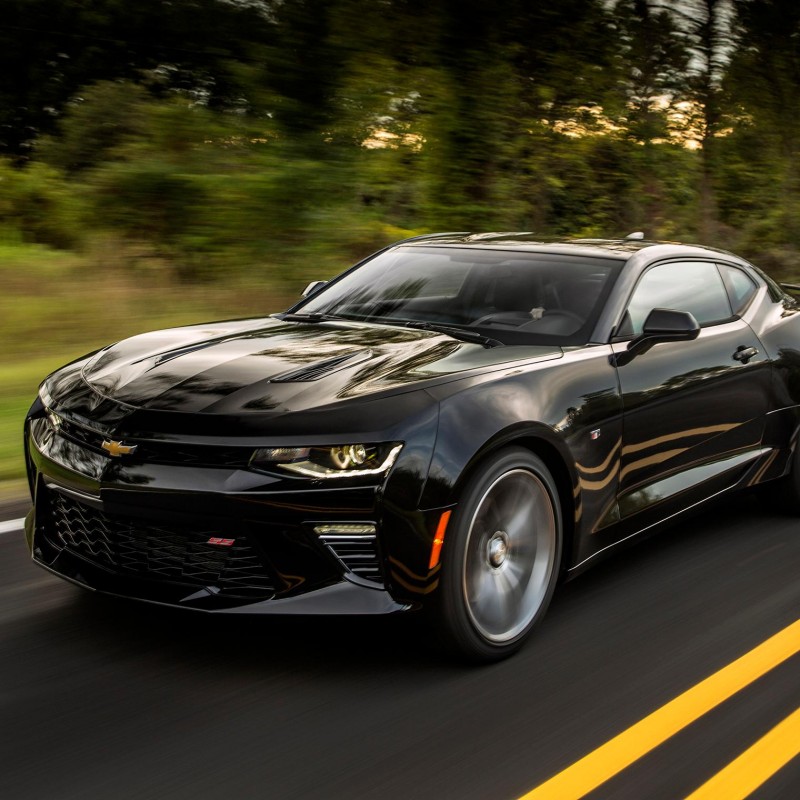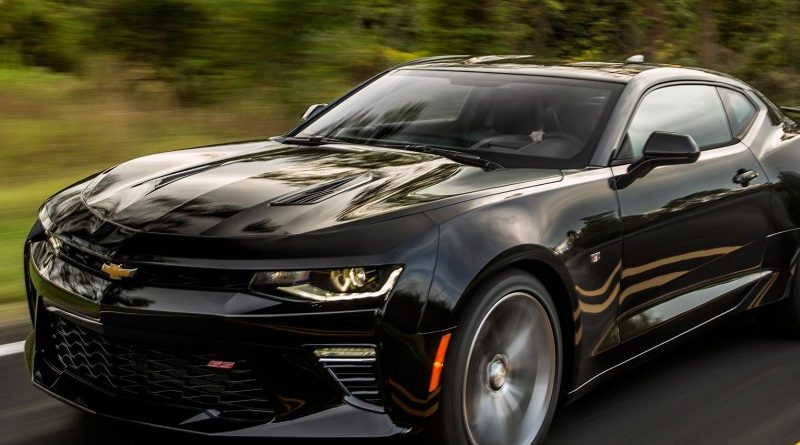How to Personalize Your Car with Vinyl Wraps: A Guide
Personalizing your car is an exciting way to express your individuality and make a bold statement on the road. One of the most popular and effective methods for car customization is using vinyl wraps. Vinyl wraps offer an incredible range of colors, patterns, and finishes—making it possible to transform the appearance of your vehicle without undergoing expensive paint jobs. This transformation can be as simple as wrapping a portion of your car or as extensive as fully enveloping it in a unique design.
Beyond aesthetics, vinyl wraps provide protection for your car’s original surface, preventing scratches and minor damage while enhancing resale value. Additionally, vinyl wraps are removable, allowing for flexibility in design choices that paint cannot provide. However, many individuals may wonder how to personalize their car with vinyl wraps effectively. This comprehensive guide aims to explore the ins and outs of vinyl wrapping, including the selection of materials, the installation process, design considerations, and maintenance tips. By the end of this article, you will be equipped with all the knowledge you need to embark on your vinyl-wrapping journey.
Understanding Vinyl Wraps: The Basics
Before diving into the personalization process, it’s important to understand what vinyl wraps are and how they work.
What Are Vinyl Wraps?
Vinyl wraps are sheets of vinyl film that can be applied directly to a vehicle’s surface:
- Material Composition: Made from a flexible polyvinyl chloride (PVC) material, these wraps come in various textures, including glossy, matte, and metallic finishes—each offering a unique look.
- Printable Option: Vinyl wraps can also be custom printed, allowing for personalized designs, graphics, and even photographic images to be applied, which provides endless customization options.
How Vinyl Wraps Work
Vinyl wraps work by adhering to the surface of your car, creating a protective layer over the original paint:
- Adhesive Backing: The back of the vinyl features an adhesive material that allows it to stick securely to the car’s surface. This helps create a tight seal that protects the underlying paint.
- Flexibility and Conformability: Vinyl wraps are designed to conform to contours and curves, allowing for a professional-looking application that seamlessly integrates with your vehicle’s body.
Choosing the Right Vinyl Wrap for Your Car
Selecting the right vinyl wrap is crucial to achieving the desired look for your vehicle. Here are key factors to consider:
Types of Vinyl Wraps
Different options are available when it comes to vinyl wraps:
- Cast Vinyl: Known for its durability and conformability, cast vinyl wraps are ideal for complex curves and detailed designs. They offer excellent longevity and resistance to fading, making them a top choice for car wraps.
- Calendered Vinyl: Typically more affordable, calendered vinyl wraps are thicker and less conformable than cast vinyl. They are better suited for flat surfaces and simpler designs, like hoods and roofs.
Finish Options
Vinyl wraps come in various finishes that can dramatically change the look of your car:
- Glossy Finish: Provides a shiny and reflective appearance, mimicking the look of freshly painted surfaces.
- Matte Finish: Offers a distinct, non-reflective look that many find appealing. It can provide a unique, sophisticated finish for a more understated appearance.
- Metallic Finish: This option features a reflective surface with a shimmering effect. It can create a stunning look that catches the eye and highlights the curves of the vehicle.
Color Options
With an extensive array of colors available, selecting the right shade is important:
- Solid Colors: Classic options such as black, white, red, and blue can provide a clean, timeless aesthetic.
- Custom Colors: Opt for unique colors and shades that reflect your personal style, ensuring that your car stands out on the road.
- Patterns and Graphics: Consider vinyl wraps with pre-printed patterns, custom graphics, or decals that further enhance personalization.
Preparing Your Car for Vinyl Wrapping
Preparation is critical to ensuring a successful vinyl wrap installation. Here are the steps you should take:
Thorough Cleaning
Before applying any vinyl wrap, ensure your vehicle is clean and free of contaminants:
- Wash the Surface: Use a high-quality car wash soap, sponge, and water to clean the exterior thoroughly. Pay attention to areas where dirt and grime may accumulate.
- Dry Completely: Use a microfiber towel to dry the surface completely. Any moisture may interfere with the adhesive backing of the vinyl.
Inspect the Surface
Taking the time to inspect the vehicle’s surface helps identify any pre-existing issues:
- Look for Imperfections: Check carefully for dents, scratches, or paint chips. Repairing these blemishes is essential, as they could affect the appearance of the wrap.
- Check for Wax or Sealants: Remove any wax or sealants on the surface prior to application, as these could inhibit the vinyl’s ability to adhere properly.
Organize Your Workspace
Creating a conducive workspace is important for an effective wrap application:
- Choose an Appropriate Environment: Ideally, work in a garage or sheltered area to protect against dust, debris, and temperature fluctuations that could affect the vinyl’s properties.
- Gather Necessary Tools: Assemble tools needed for installation, such as a utility knife, squeegee, heat gun, and rulers. Having everything on hand can facilitate a smoother installation process.
The Vinyl Wrapping Process: Step by Step
Once you’ve prepared your car and chosen your vinyl wrap, you can proceed with the installation:
Step 1: Cutting the Vinyl
If your vinyl wrap is not pre-cut, you will need to cut it to size for application:
- Measure the Area: Use a measuring tape to determine the area you’re wrapping. Adding a couple of inches to your measurements allows for easier handling and adjustments.
- Cut with Precision: Use a utility knife or scissors to cut the vinyl. Be sure to work on a clean, flat surface to achieve straight cuts.
Step 2: Positioning the Vinyl
Before permanently affixing the wrap, temporarily place it on the car to check for proper fit:
- Align the Vinyl: Position the vinyl over the area you plan to wrap while keeping excess material accessible. Use masking tape to hold it in place temporarily.
- Check for Placement: Before adhering, make adjustments to ensure correct alignment and coverage.

Step 3: Adhering the Vinyl
Once satisfied with the alignment, it’s time to adhere the vinyl to the surface:
- Peel and Stick: Start peeling the release liner off the vinyl while gradually applying it to the vehicle. Begin at one edge and slowly work your way across to avoid bubbles.
- Apply Pressure: Once the vinyl makes contact with the surface, use a squeegee to press down firmly, working from the center outwards. This technique helps to remove air bubbles and ensures a smooth application.
Step 4: Heat and Conform
Using heat is essential for conforming the vinyl to the car’s curves and contours:
- Warm the Vinyl: Use a heat gun to gently warm the vinyl, which makes it more pliable and easier to work with. Ensure you maintain a safe distance to avoid overheating.
- Conform to Curves: With the vinyl warmed, use your squeegee to push it into place around curves and edges, ensuring a seamless integration with the vehicle’s body.
Step 5: Trimming Excess Vinyl
After properly adhering the vinyl, trim any excess material:
- Cut the Edges: Use a utility knife to carefully trim the edges of the vinyl along body lines or seams. Be cautious not to cut into the vehicle’s paint or surface.
- Ensure Clean Lines: Check the edges for clean, straight lines and make any necessary adjustments.
Step 6: Final Inspection
After completing the installation, perform a thorough inspection:
- Examine for Bubbles and Imperfections: Look for air bubbles or wrinkles that may have formed during installation. Use the heat gun and squeegee to correct any issues as needed.
- Allow to Cure: Give the vinyl time to settle and adhere fully. It’s often recommended to avoid washing your car for at least 24-48 hours after installation to ensure proper bonding.
Maintaining Your Vinyl Wrap
Maintaining your newly wrapped car is crucial for preserving its appearance and longevity. Here are effective maintenance tips:
Cleaning Techniques
Proper cleaning helps keep your vinyl wrap looking fresh:
- Hand Wash: Use a gentle car wash soap and a soft sponge to clean the surface. Avoid automatic car washes with brushes that could scratch the vinyl.
- Avoid Harsh Chemicals: Stay away from abrasive cleaners, solvents, or products containing ammonia, as they can damage the vinyl.
Protect from UV Damage
While quality vinyl wraps often include UV protection, safeguarding against sun damage remains important:
- Park in Shade: Whenever possible, park your vehicle in shaded areas or garages to reduce sun exposure.
- Use Car Covers: Investing in a quality car cover can provide added protection from UV rays when the vehicle is parked for extended periods.
Regular Inspections
Schedule regular inspections to ensure your vinyl remains in optimal condition:
- Check for Peeling or Lifting: Look for any signs of vinyl peeling away from the surface. Address any issues promptly to prevent further damage.
- Repair Minor Blemishes: If you notice any scratches or scuffs, consider using specialized vinyl repair kits to remedy the issue and prolong the life of the wrap.
Common Mistakes to Avoid When Using Vinyl Wraps
To achieve the best results when personalizing your car with vinyl wraps, try to avoid these common pitfalls:
Skipping the Preparation Steps
Preparation is key to a successful application. Neglecting to clean and inspect the surface can lead to premature wear and lifting of the vinyl.
Incorrect Temperature Control
Temperature impacts the vinyl performance:
- Avoid Extreme Temperatures: Applying vinyl in extreme heat or cold can affect adhesion and performance. Ideally, work in temperatures between 60°F to 80°F.
Rushing Through Installation
Take your time during the installation process:
- Focus on Quality: Rushing can lead to misalignment, bubbles, and imperfections. Careful installation will yield the best results.
Ignoring Manufacturer Instructions
Every vinyl product may come with specific application guidelines:
- Read and Follow Guidelines: Make sure to follow any instructions provided by the manufacturer to ensure proper use and maximize the vinyl’s life.

Conclusion
Learning how to personalize your car with vinyl wraps opens a world of creative possibilities. This customization technique offers a unique way to express your individuality, protect your vehicle’s surface, and enhance its appeal. By understanding the benefits of vinyl wraps and following the steps outlined in this guide, you can achieve a professional-looking finish that adds significant value to your vehicle.
From selecting the right type and color of vinyl to ensuring a thorough installation and maintenance routine, careful consideration will lead to successful results. Avoiding common pitfalls also guarantees a smoother process that results in fewer headaches down the line.
As you embark on your vinyl-wrapping journey, remember that the sky’s the limit in terms of creativity. With the right supplies, knowledge, and a little patience, your car can become a true reflection of your personality and style. Happy wrapping!
